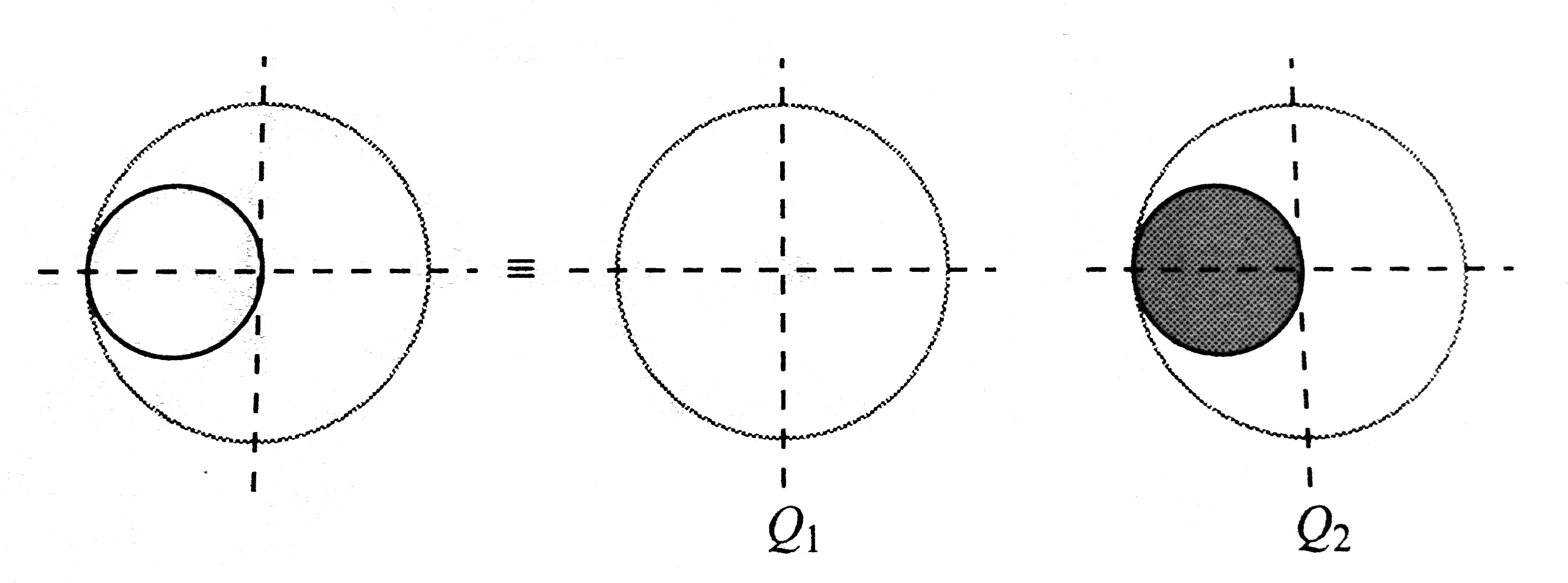A
B
C
D
Text Solution
Verified by Experts
The correct Answer is:
Topper's Solved these Questions
ELECTRIC FLUX AND GAUSS LAW
CENGAGE PHYSICS|Exercise Single Correct|40 VideosELECTRIC FLUX AND GAUSS LAW
CENGAGE PHYSICS|Exercise Multiple Correct|8 VideosELECTRIC FLUX AND GAUSS LAW
CENGAGE PHYSICS|Exercise Exercise 2.2|14 VideosELECTRIC CURRENT AND CIRCUIT
CENGAGE PHYSICS|Exercise Interger|8 VideosELECTRIC POTENTIAL
CENGAGE PHYSICS|Exercise DPP 3.5|14 Videos
Similar Questions
Explore conceptually related problems
CENGAGE PHYSICS-ELECTRIC FLUX AND GAUSS LAW-Subjective
- A solid spherical region, having a spherical cavity whose diameter R i...
Text Solution
|
- A very long, solid insulating cylinder with radius R has a cylindrica...
Text Solution
|
- An infinite wire having charge density lambda passes through one of th...
Text Solution
|
- It has been experimentally observed that the electric field in a large...
Text Solution
|
- A point charge Q is located on the axis of a disk of radius R at a dis...
Text Solution
|
- A very long uniformly charged wire oriented along the axis of a circul...
Text Solution
|
- Two point charges q and -q are separated by a distance 2a. Evaluate th...
Text Solution
|
- An infinitely long line charge having a uniform charge per unit length...
Text Solution
|
- Find the electric flux crossing the wire frame ABCD of length l, width...
Text Solution
|
- A solid insulating sphere of radius R has a nonuniform charge density ...
Text Solution
|
- The electric field in a region is radially outward with magnitude E=Ar...
Text Solution
|
- A system consists of a ball of radius R carrying a uniformly distribut...
Text Solution
|
 .
.